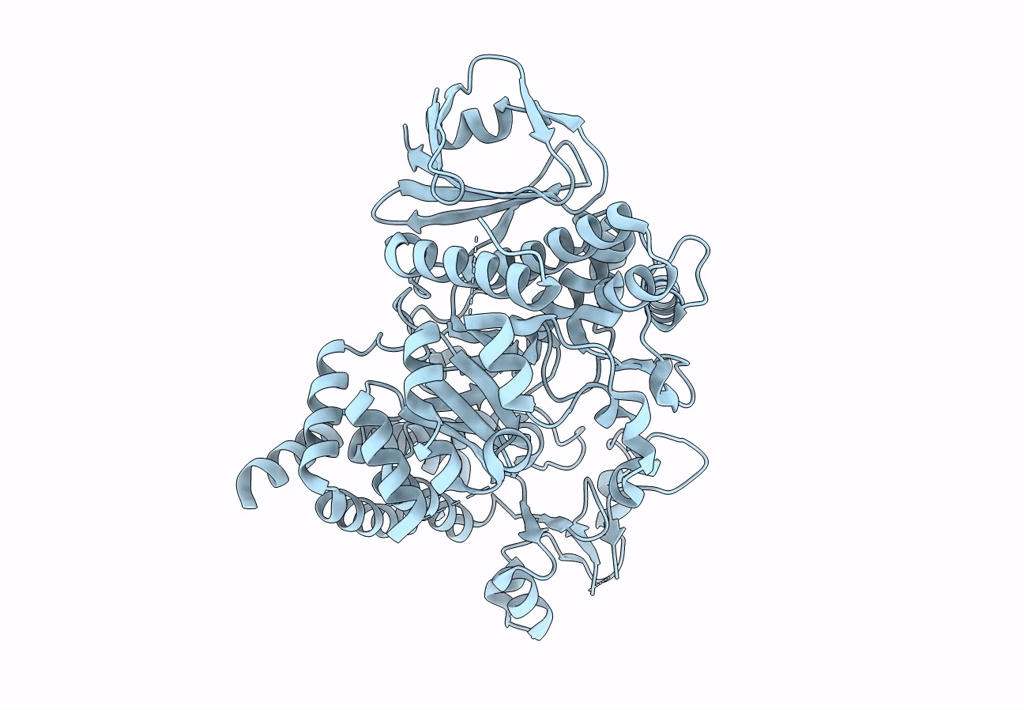
Deposition Date
2012-06-21
Release Date
2013-09-11
Last Version Date
2023-12-20
Entry Detail
Biological Source:
Source Organism:
DEINOCOCCUS RADIODURANS (Taxon ID: 1299)
Host Organism:
Method Details:
Experimental Method:
Resolution:
3.15 Å
R-Value Free:
0.23
R-Value Work:
0.20
R-Value Observed:
0.20
Space Group:
P 43 21 2


